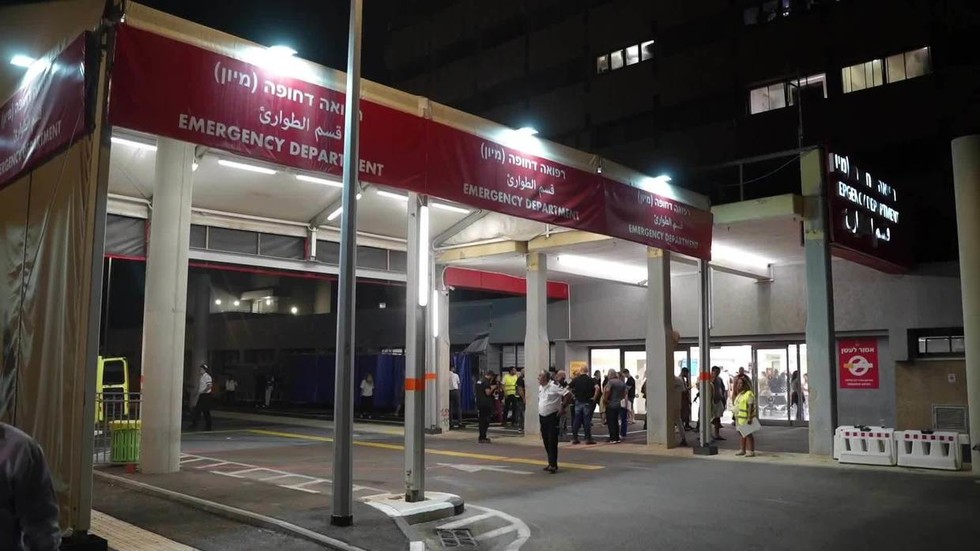The recent escalation in hostilities between Hezbollah and Israel has reached a critical point with a deadly drone attack by the Lebanese militant group. In a decisive operation, Hezbollah claimed responsibility for an assault on a military training camp belonging to the Golani Brigade in Binyamina, situated south of Haifa. The attack, which occurred on a Sunday evening, resulted in significant casualties among Israeli Defense Forces (IDF) personnel. The IDF confirmed that at least four soldiers were killed and seven others sustained severe injuries. This incident underscores the growing tension and the complex military exchanges that have characterized the region in recent months.
Hezbollah’s use of a “swarm of drones” in their operation marked a notable escalation in their tactics, indicating the potential for more sophisticated and coordinated attacks in this ongoing conflict. Reports from various Israeli media outlets suggested a higher number of injuries, exceeding 60, though specific details regarding the casualty count were tightly controlled due to military censorship. The IDF revealed that the UAV successfully bypassed Israel’s air defense systems, raising questions about the effectiveness of these protective measures and triggering an investigation into how this breach occurred. The drone strike at approximately 7 PM on Sunday evening highlights the changing dynamics in military engagements in the region, particularly concerning drone warfare.
The aftermath of the attack has been met with reporting challenges, as traditional media outlets are restricted from sharing graphic images or footage of the incident, reflecting the sensitivity surrounding military operations. Nonetheless, social media emerged as a platform for unverified video evidence, purportedly showing damage within the camp, including a canteen with a compromised roof and evidence of bloodshed. Such imagery, albeit unverified, contributes to the chaotic and alarming nature of the situation, emphasizing the human cost of the conflict. The limitations on information dissemination reflect broader concerns regarding transparency and propaganda during wartime.
Amid these escalating tensions, another disturbing incident occurred in the West Bank, where American journalist Jeremy Loffredo was arrested for his coverage of the aftermath of attacks on Israel attributed to Iranian forces. Allegedly facing serious charges, including “aiding the enemy during wartime,” Loffredo’s situation highlights the precarious position of journalists in conflict zones, particularly those reporting from regions where state interests and national security are at stake. This incident raises critical questions about press freedom and the rights of journalists when revealing the complexities of military engagements.
The ongoing hostilities, marked by reciprocal strikes between Hezbollah and Israel, can be traced back months, with Israel ramping up its military operations in Lebanon in response to increasing provocations. This conflict escalated following a series of significant attacks attributed to Hezbollah, which reportedly led to high fatalities and injuries among both military and civilian populations. In turn, Israel’s response has manifested in extensive bombings and limited ground incursions, creating a cycle of violence that perpetuates instability in the area. The public acknowledgment by the IDF of its casualties is juxtaposed with Hezbollah’s claims of a higher Israeli death toll, hinting at the dissonance often present in narratives from opposing sides of the conflict.
As this volatile situation continues to unfold, it underscores the profound implications of drone warfare in modern conflicts and the evolving capabilities of militant groups like Hezbollah. The attack in Binyamina highlights not only the immediacy of military threats but also the strategic calculations that such groups undertake in targeting military assets. International reactions to these developments remain to be seen, but the potential for a wider conflict looms as both sides continue to engage in an escalating cycle of retaliatory attacks. The situation demands careful monitoring as broader geopolitical factors, including Iranian influence and regional alliances, play pivotal roles in shaping the future of Israeli-Hezbollah relations.

